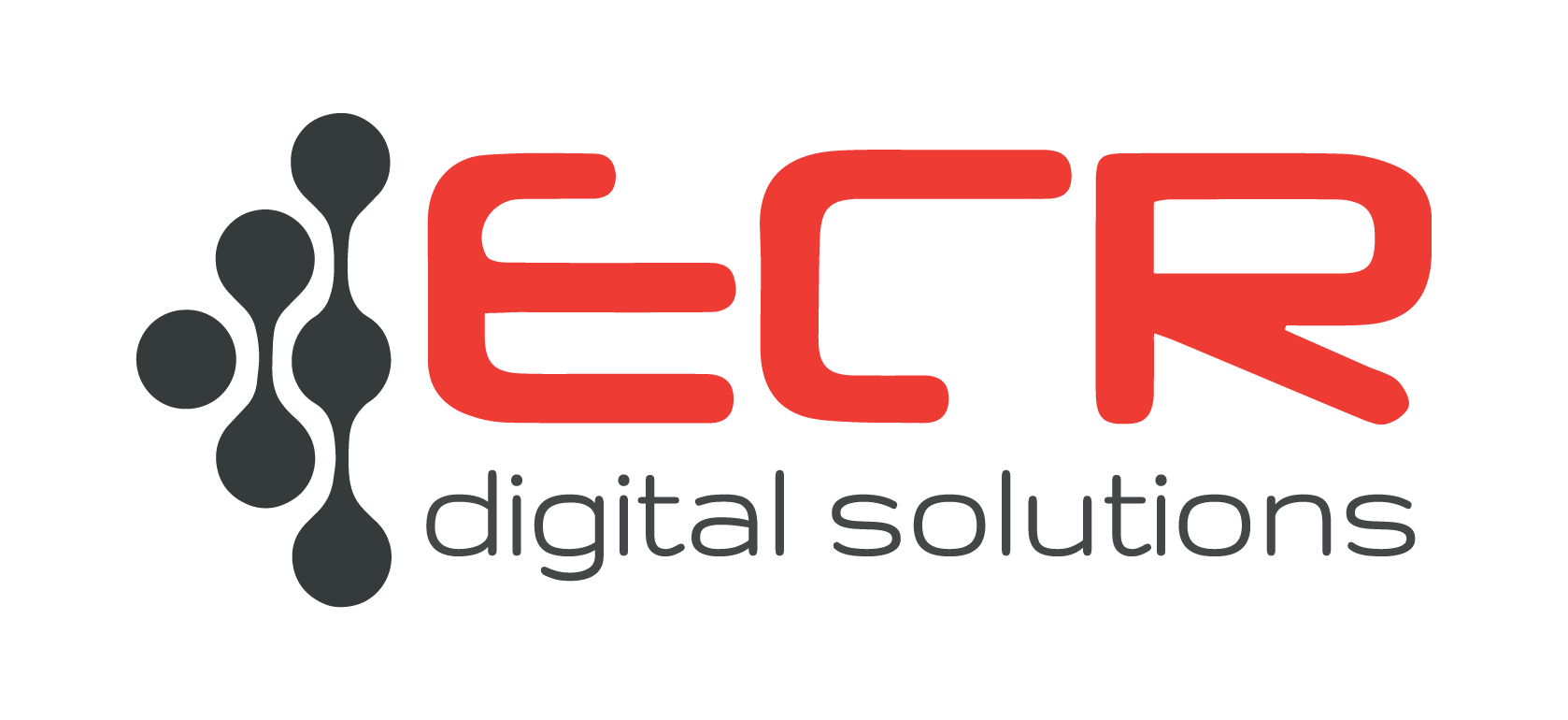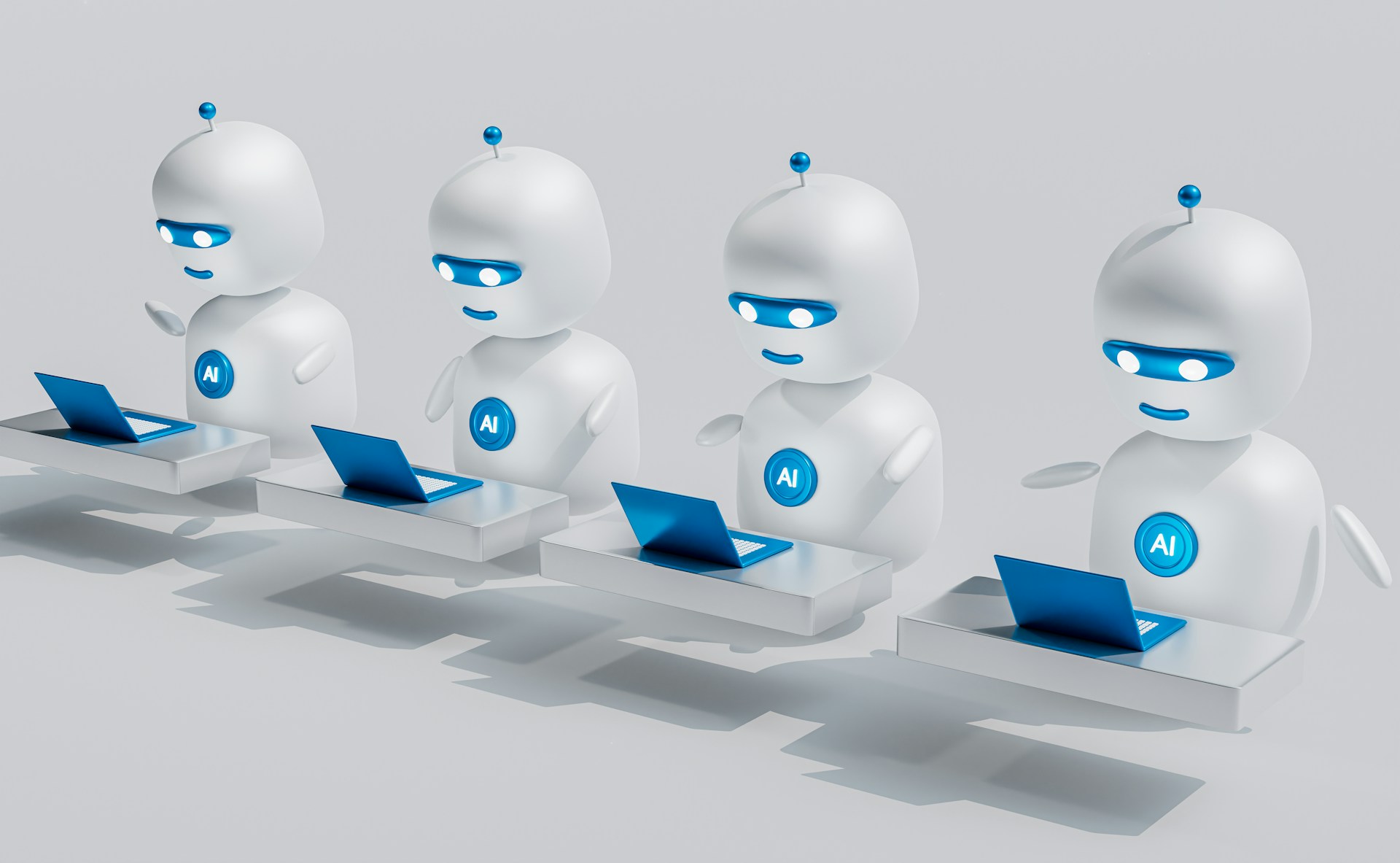LMS and AI Assistants in Teaching: Challenges and Solutions
Wed 12/02/2025 15m read 1221 views
Understanding the Different Types of AI and Where ChatGPT Fits In
Artificial Intelligence (AI) is a rapidly evolving field that has transformed various industries. From virtual assistants to predictive analytics, AI technologies are now part of our everyday lives. But did you know that there are different types of AI? Each type has unique characteristics and applications. In this article, we will explore the main categories of AI, highlight their differences, and identify where ChatGPT, an advanced AI model developed by OpenAI, fits into this framework.

The Main Types of AI
AI can be categorized based on its capabilities and functionality. These categories include Narrow AI, General AI, and Super AI. Let’s take a closer look at each type.
-
Narrow AI (Weak AI):
Narrow AI is designed to perform specific tasks efficiently. It is the most common form of AI and is used in applications like speech recognition, recommendation systems, and autonomous vehicles. Narrow AI operates under predefined parameters and cannot perform tasks beyond its programming.
Examples of Narrow AI:
-
- Siri and Alexa (virtual assistants)
- Netflix recommendation engine
- Autonomous driving systems (e.g., Tesla Autopilot)
Key Features:
-
- Task-specific
- Highly efficient within a defined domain
- Lacks generalization capability
-
General AI (Strong AI):
General AI is the theoretical concept of machines that can perform any intellectual task that a human can do. It would possess human-like cognitive abilities, including reasoning, problem-solving, and learning from experiences. However, General AI is still under development and remains a goal for researchers.
Key Features:
- Human-like intelligence
- Ability to learn and adapt to new situations
- Can handle a variety of tasks and contexts
-
Super AI:
Super AI represents an advanced form of intelligence that surpasses human capabilities in every field. It is often depicted in science fiction as a form of AI that could outperform humans in creativity, decision-making, and emotional intelligence.
Key Features:
-
- Hypothetical at this stage
- Superior to human intelligence
- Unimaginable potential for innovation and problem-solving
Types of AI Based on Functionality
AI can also be classified into four types based on functionality:
-
- Reactive Machines: Focus on specific tasks without memory.
- Limited Memory: Capable of learning from historical data.
- Theory of Mind: Hypothetical AI that understands human emotions.
- Self-Aware AI: A future form of AI that possesses self-awareness.
Where Does ChatGPT Fit In?
ChatGPT, developed by OpenAI, falls under the category of Narrow AI. It is a language model trained on vast amounts of data to generate human-like text. While ChatGPT can perform an impressive range of tasks, such as answering questions, creating content, and assisting in customer support, it operates within predefined limits and lacks true understanding or consciousness.
Key Characteristics of ChatGPT:
-
- Task-specific: Focused on generating and understanding text-based content.
- Limited memory: Does not retain past conversations unless programmed to do so.
- Efficiency: Excels in tasks like content creation, coding assistance, and casual conversation.
Conclusion
AI is a diverse field with different types catering to various needs and functionalities. From the task-specific capabilities of Narrow AI to the theoretical ambitions of General and Super AI, the journey of artificial intelligence is as exciting as it is transformative. ChatGPT, as a Narrow AI, exemplifies the power of specialized AI, offering valuable assistance across industries without crossing into the realms of human-like cognition. As AI continues to evolve, understanding its types and potential will be crucial for leveraging its benefits responsibly.
Related articles










